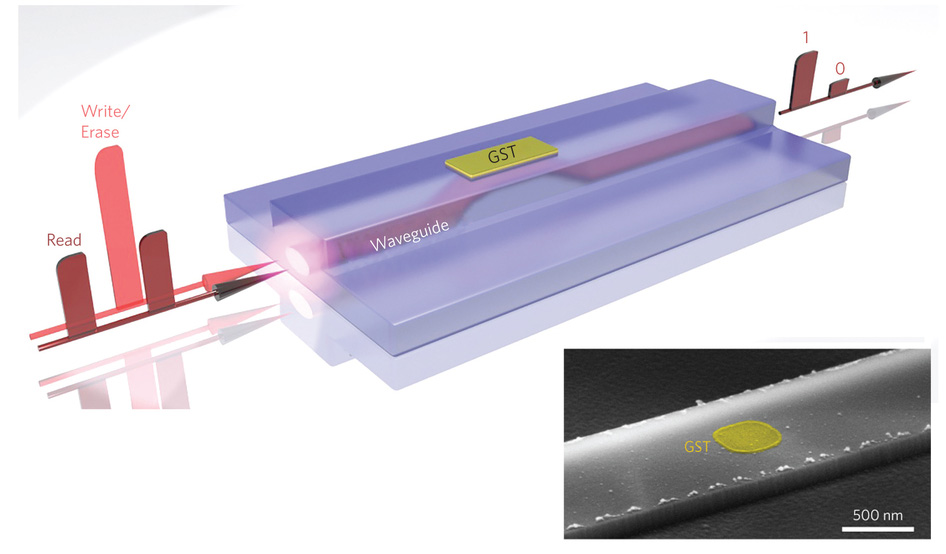
As much as it's important to have every component of a PC stuck together in a laptop, that same monolithic strategy is a major liability for server clusters: if one part breaks or grows obsolete, it can drag down everything else. Facebook and its Open Compute Project partners have just unveiled plans to loosen things up at the datacenter. A prototype, Atom-based rackmount server from Quanta Computer uses 100Gbps silicon photonics from Intel to connect parts at full speed, anywhere on the rack. Facebook has also garnered support for a new system-on-chip connection standard, rather affectionately named Group Hug, that would let owners swap in new mini systems from any vendor through PCI Express cards. The combined effect doesn't just simplify repairs and upgrades -- it lets companies build the exact servers they need without having to scrap other crucial elements in the process. There's no definite timeframe for when we'll see modular servers put to work, but the hope is that a cluster's foundations will stay relevant for years instead of months.
Continue reading Facebook's Open Compute Project splits up monolithic servers with help from Intel, more
Filed under: Intel, Facebook
Comments
Source: Open Compute Project
 Researchers have created the first optical-only chip that can permanently store data, a discovery that could lead to storage devices that leave SSDs in the dust. Non-volatile flash memory currently relies on electronic chips, which are speed-limite...
Researchers have created the first optical-only chip that can permanently store data, a discovery that could lead to storage devices that leave SSDs in the dust. Non-volatile flash memory currently relies on electronic chips, which are speed-limite...
 Researchers have created the first optical-only chip that can permanently store data, a discovery that could lead to storage devices that leave SSDs in the dust. Non-volatile flash memory currently relies on electronic chips, which are speed-limite...
Researchers have created the first optical-only chip that can permanently store data, a discovery that could lead to storage devices that leave SSDs in the dust. Non-volatile flash memory currently relies on electronic chips, which are speed-limite...















